The importance of a gold foil logo for your vial packaging
Yes, choosing gold foil for your logo on the vial box packaging can be a beneficial and visually appealing option. Here are some reasons why gold foil can enhance your packaging design:
Elegant and Luxurious Appearance: Gold foil has a rich and luxurious look that can instantly elevate the perception of your brand and product. It adds a touch of sophistication and premium quality, making your vial box packaging stand out among competitors. The shimmer and reflective properties of gold foil can capture attention and create a positive impression.
Perceived Value: Gold is often associated with prestige and value. By incorporating gold foil into your logo on the vial box packaging, you create a perception of high-quality and premium product offerings. This can influence consumer perception and justify a higher price point, reinforcing the notion that your brand delivers exceptional value.
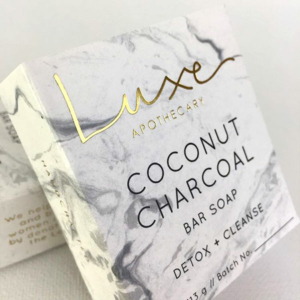
Brand Differentiation: In a competitive market, it’s essential to differentiate your brand from others. Gold foil can help achieve that by adding a distinct and memorable element to your vial box packaging. It makes your logo visually striking and easily recognizable, contributing to brand recall and leaving a lasting impression on consumers.
Symbol of Quality and Trust: Gold is often associated with reliability, durability, and longevity. When consumers see a gold foil logo on your vial box packaging, it can evoke a sense of trust and assurance in the quality of your product. This can be especially crucial in the pharmaceutical industry, where safety and trustworthiness are paramount.
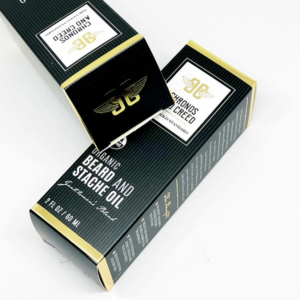
Attention-Grabbing: Gold foil catches the light and creates an eye-catching effect. This can draw attention to your logo and make it more noticeable on the vial box packaging. It helps your product stand out on shelves or in online listings, increasing the chances of attracting potential customers and driving sales.
Brand Consistency: If gold is already a part of your brand’s visual identity or color scheme, incorporating gold foil into your vial box packaging can ensure consistency across various touchpoints. Consistency in branding creates a cohesive and unified look, reinforcing brand recognition and strengthening brand equity.
When considering gold foil for your logo on the vial box packaging, it’s important to strike a balance between visual appeal, cost-effectiveness, and practicality. Work with a professional packaging designer or printer who can guide you on the best implementation techniques to achieve the desired effect while maintaining the overall functionality and durability of the packaging.
Remember, the goal is to create a packaging design that not only captures attention but also aligns with your brand’s values, appeals to your target audience, and supports the positioning of your product in the market.
Recommended material for customized vial box
If you are new to the printing and packaging field and looking for materials to consider for vial box making, there are several options available. Here are a few commonly used materials that are suitable for vial box packaging:
Cardboard or Paperboard for vial box:
Cardboard or paperboard is a popular choice for vial box packaging due to its versatility, affordability, and ease of customization. It provides a sturdy and reliable structure for the box while offering various printing and finishing options. Cardboard can be available in different thicknesses, allowing you to choose the appropriate level of durability for your vial packaging.
Folding Carton Board for vial box:
A folding carton board is a specific type of paperboard that is designed to be easily folded and assembled into boxes. It is lightweight yet provides good strength and rigidity. Folding carton board is commonly used in the packaging of pharmaceutical products, including vials. It offers excellent printability, allowing for vibrant graphics and detailed product information.
Corrugated Board for vial box:
A corrugated board is a durable and resilient material consisting of multiple layers of paper with a corrugated inner layer, known as fluting, sandwiched between two liner boards. It provides excellent protection during shipping and handling due to its cushioning and shock-absorbing properties. While it is commonly used for shipping boxes, it can also be utilized for vial packaging, especially for larger or bulkier vials.
Plastic for vial box:
Plastic materials, such as PET (polyethylene terephthalate) or PVC (polyvinyl chloride), can be used for vial box packaging. Plastic offers transparency, allowing the vial contents to be visible, which can be advantageous for showcasing the product. Plastic packaging can also provide a barrier against moisture or other environmental factors. However, it’s important to consider sustainability and environmental concerns when opting for plastic materials.
Blister Packaging for vial box:
Blister packaging involves using a plastic or aluminum sheet to create individual compartments or pockets for each vial. This type of packaging offers enhanced protection, visibility, and tamper resistance. It is commonly seen in pharmaceutical packaging and can provide a professional and secure presentation for vials.
When selecting the appropriate material for your vial box packaging, consider factors such as product protection, cost, sustainability, printing capabilities, and the overall branding objectives of your product. It’s also recommended to work closely with packaging suppliers or manufacturers who can provide guidance and expertise in material selection based on your specific requirements and budget.
Order Process
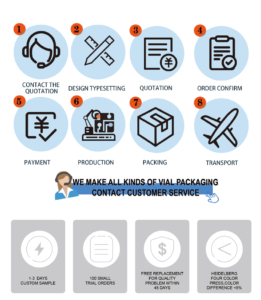
Payment
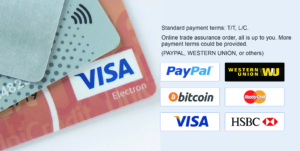
Logistics and Transportation
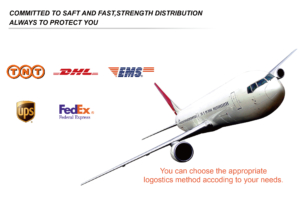

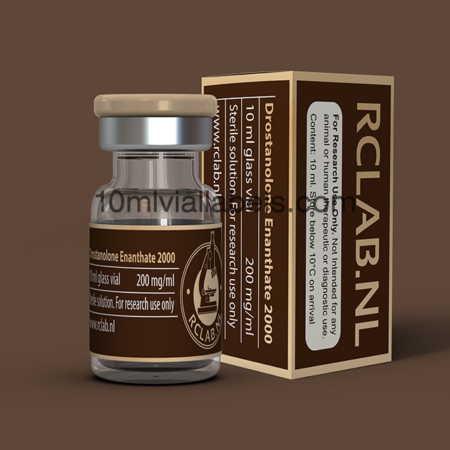
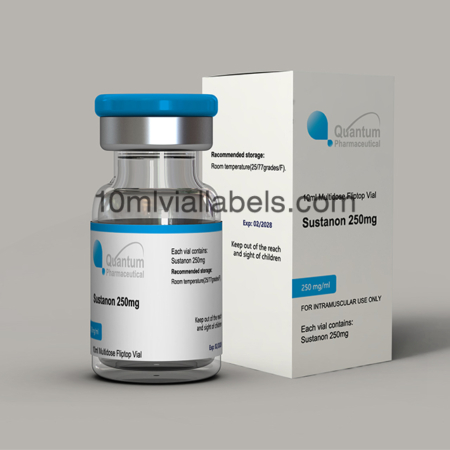
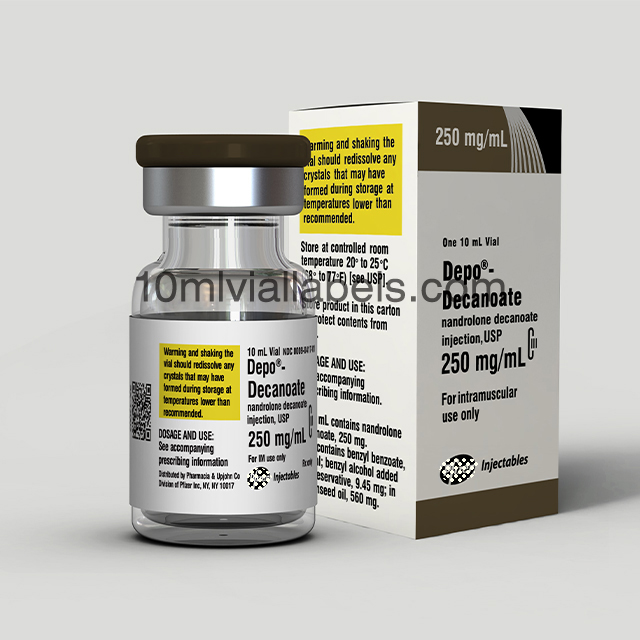
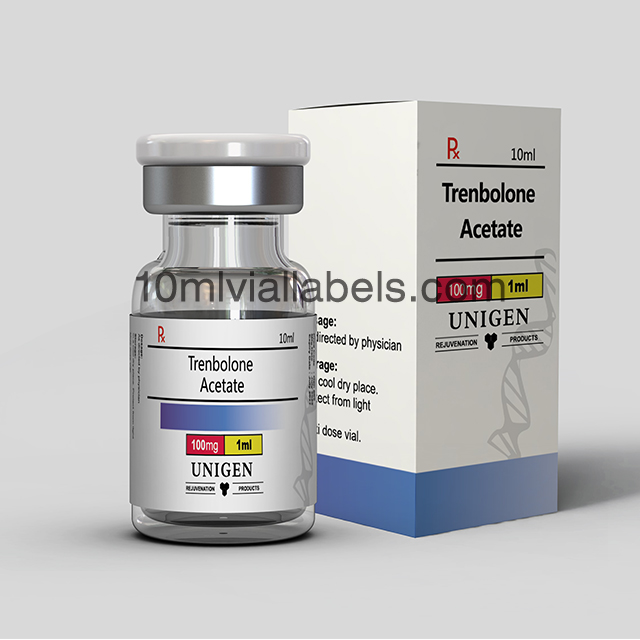
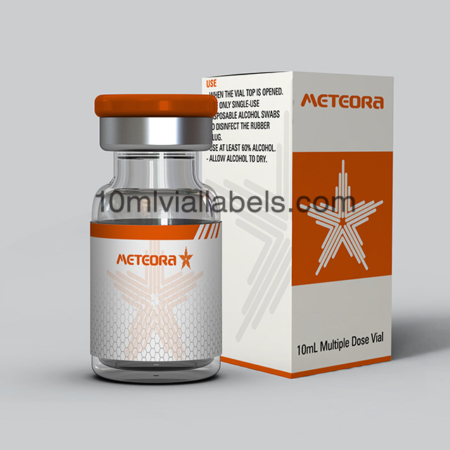
Reviews
There are no reviews yet.